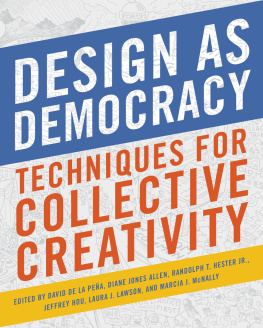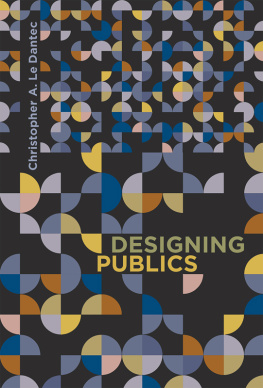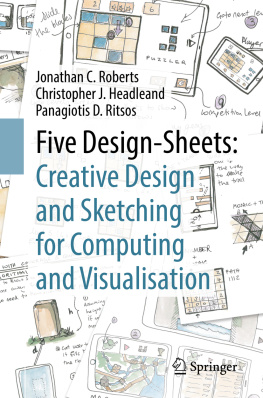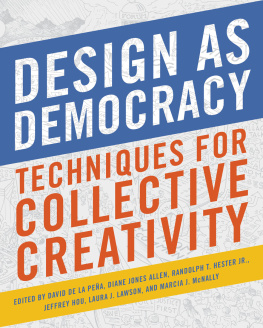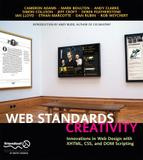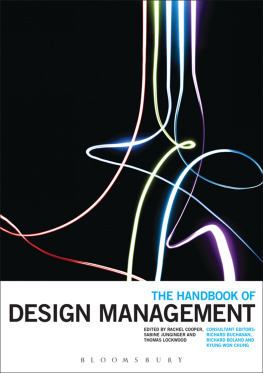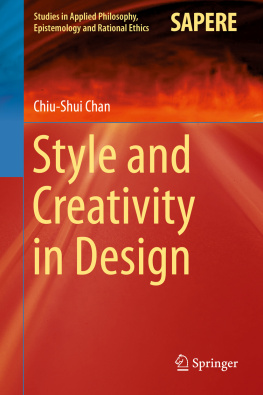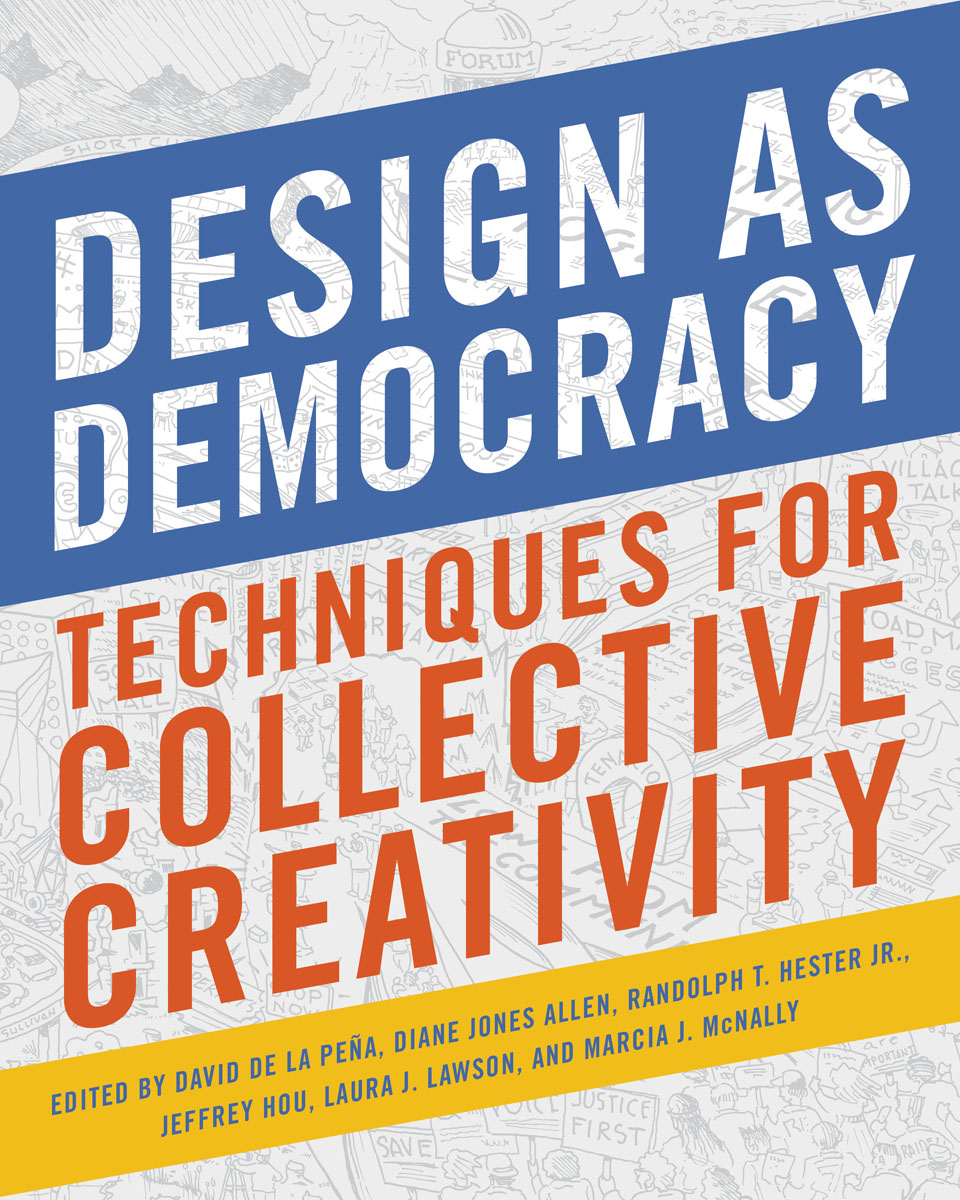
About Island Press
Since 1984, the nonprofit organization Island Press has been stimulating, shaping, and communicating ideas that are essential for solving environmental problems worldwide. With more than 1,000 titles in print and some 30 new releases each year, we are the nations leading publisher on environmental issues. We identify innovative thinkers and emerging trends in the environmental field. We work with world-renowned experts and authors to develop cross-disciplinary solutions to environmental challenges.
Island Press designs and executes educational campaigns in conjunction with our authors to communicate their critical messages in print, in person, and online using the latest technologies, innovative programs, and the media. Our goal is to reach targeted audiencesscientists, policymakers, environmental advocates, urban planners, the media, and concerned citizenswith information that can be used to create the framework for long-term ecological health and human well-being.
Island Press gratefully acknowledges major support of our work by The Agua Fund, The Andrew W. Mellon Foundation, The Bobolink Foundation, The Curtis and Edith Munson Foundation, Forrest C. and Frances H. Lattner Foundation, The JPB Foundation, The Kresge Foundation, The Oram Foundation, Inc., The Overbrook Foundation, The S.D. Bechtel, Jr. Foundation, The Summit Charitable Foundation, Inc., and many other generous supporters.
The opinions expressed in this bookare those of the author(s) and do not necessarily reflect the views of our supporters.

Island Press mission is to provide the best ideas and information to those seeking to understand and protect the environment and create solutions to its complex problems. Join our newsletter to get the latest news on authors, events, and free book giveaways. Click here to join now!

Copyright 2017 David de la Pea, Diane Jones Allen, Randolph T. Hester Jr., Jeffrey Hou, Laura J. Lawson, and Marcia J. McNally
All rights reserved under International and Pan-American Copyright Conventions. No part of this book may be reproduced in any form or by any means without permission in writing from the publisher: Island Press, 2000 M Street, NW, Suite 650, Washington, DC 20036
Island Press is a trademark of The Center for Resource Economics.
Keywords: advocacy, analysis, assessment, budgeting, collaboration, community engagement, conflict, creativity, design, dialogue, diversity, empathy, empowerment, environmental justice, equity, ethics, evaluation, grassroots, implementation, improvement, local knowledge, mobilize, negotiation, network, organizing, participation, participatory design, partnership, perspective, photography, playground, politics, postconstruction analysis, power, public process, responsibility, sea level rise, sketching, structural change, teamwork, transformation, values, vision, workshop
Library of Congress Control Number: 2017940666
All Island Press books are printed on environmentally responsible materials.
Manufactured in the United States of America
10 9 8 7 6 5 4 3 2 1
Contents
Acknowledgments
As a book on participatory design techniques, it has required, among a host of things, active participation and thoughtful contributions from many people. We are indebted to each and every one.
We begin by thanking our families, who have inspired us by their creative actions, provided insights by their inquisitiveness, and enforced participatory decision making within our own households. They also patiently supported us when we left town for editor meetings, worked over holidays to get a draft out, and yammered in general about what we were learning in the process. Thankfully, they also kept our feet on the ground, reminding us that this kind of commitment to participation must be balanced with our larger lives. We thank you.
Beyond our immediate families, our extended family of community designers helped at critical points. A number of colleagues at CELA (Council of Educators in Landscape Architecture), EDRA (Environmental Design Research Association), ASLA (American Society of Landscape Architects), and the Pacific Rim Community Design Network offered encouraging support, timely criticism, and connections to community designers we didnt know. Many of the techniques included in the book came from members of these organizations.
This book would not have materialized if so many people from around the world hadnt enthusiastically contributed techniques and responded to our comments and suggestions. Thank you. Your work, some familiar, some new to us, provided the raw material for active debate and deliberation as we worked on the organization and big ideas of the book. We hope you are as excited about the result as we are.
Chip Sullivan, you are amazing. It was a great pleasure to be on the inside of your drawing process. We are thrilled with your drawings. They bring life and brilliance to our work in a way that only you know how to do. Thank you.
Our university departments and affiliations have provided us with the financial, collegial, and staff assistance needed to have three face-to-face work retreats and to print the book in color. We are grateful to the School of Environmental and Biological Sciences at Rutgers University; the Department of Landscape Architecture and Environmental Planning at the University of California, Berkeley, including the Student Community Design Fund and the Beatrix Farrand Fund; the Office of Research and the College of Agricultural and Environmental Sciences at the University of California, Davis; and the Department of Landscape Architecture at the University of Washington, Seattle.
We are also grateful to our students and the young people with whom we have worked in professional offices. Many of you have been involved in the creation and shaping of our participatory techniques. Similarly, we thank those of you who, as community members and clients, have tested the utility of the techniques we include in the book.
And finally, we would like to thank Island Press. Courtney Lix, you inspired us with your commitment to the project as well as performing the first edit and helping us navigate the title and cover. Elizabeth Farry, you kept us organized and have been amazing at keeping all of our contributors on the straight and narrow. Sharis Simonian, we have been lucky to have you at the production helm. Thank you and everyone at the press for recognizing the importance of design as democracy and bringing the book to life.
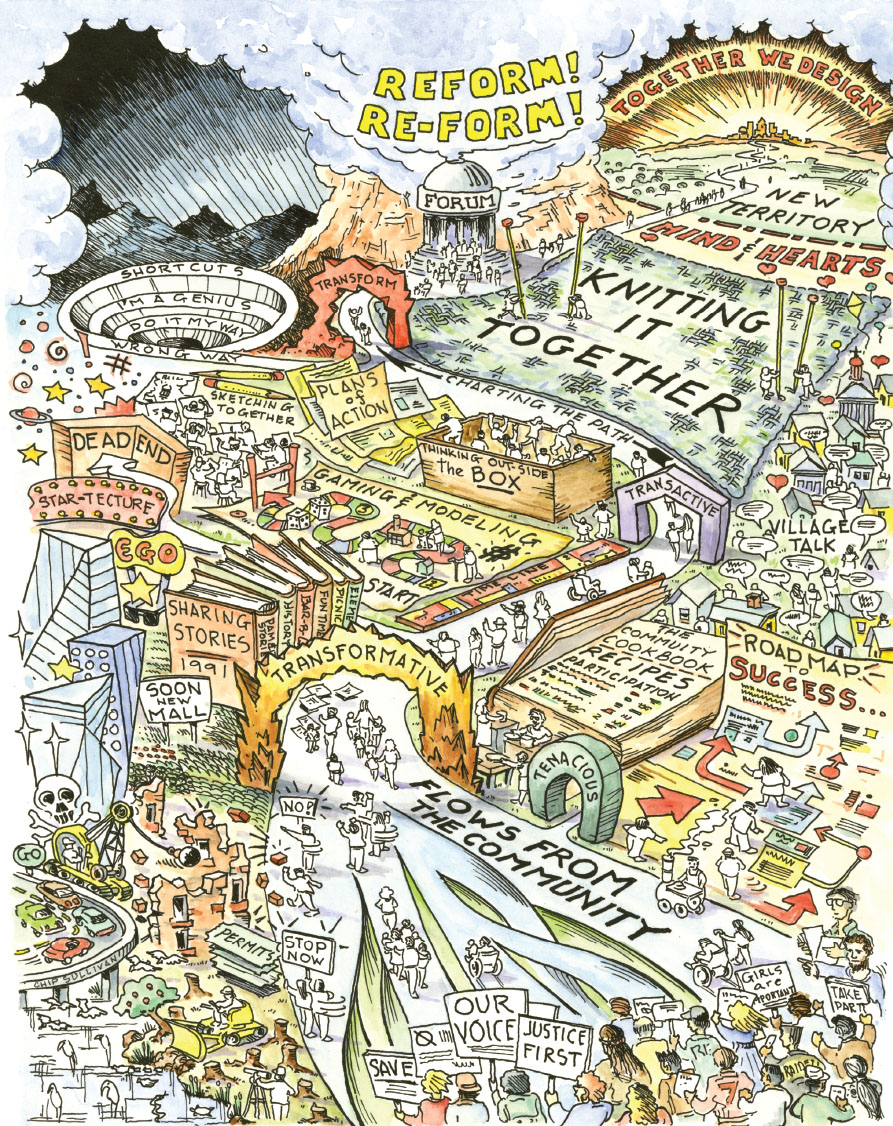
Introduction
REFORM! RE-FORM!
Together We Design
Participatory design is hands-on democracy in action. It is up close. It is personal. It is grounded in the everyday places and lives of people. For over half a century it has guided us in understanding communities, honoring difference, creating vibrant neighborhoods and ecosystems, challenging environmental injustice, and fostering citizenship. Yet, in spite of our creative potential as designers, we tend to draw upon the same palette of techniques that were developed 50 years ago, without adapting or innovating for the contexts we now encounter. This complacency has come at a cost. Familiar techniques are now rote and stagnant. Formalized and calcified into contemporary practice, they offer predictability for clients but hold little promise for grassroots community transformation.
Next page
